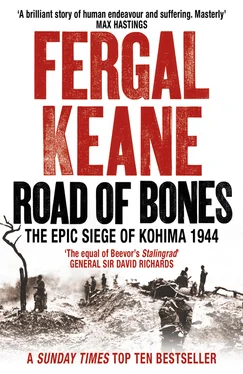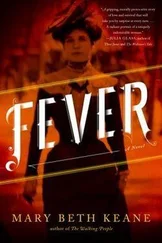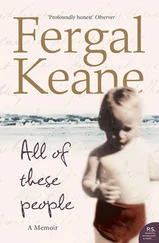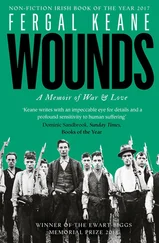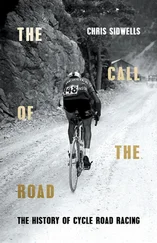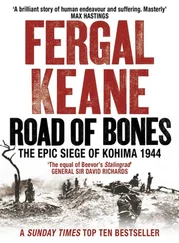By now the old Kentish character of 4th battalion had changed. There was still a core of men like John Winstanley, Ivan Daunt and Donald Easten who had been through France and North Africa together, and who came from within a few miles of each other at home in England. But Ray Street was a Brummie and his mate Dennis Wykes came from Coventry; the new CO was an Irishman; and there were Welsh and Scottish voices to be heard too. The Kentish component had gradually come to accept Dennis Wykes and the other replacements, although he was still some way from being able to call any of them his friends. ‘They looked at us warily as if to say “you haven’t seen any action and we wonder what you’re going to be like.”’
The oddest of the newcomers to join them in India was the posh boy. Of all the men in the ranks of 4th battalion, John Harman was the most enigmatic, not only because of the extraordinary nature of what he would do, but also because his background was so different and his personality so resistant to easy definition. He must have been one of the most unlikely candidates to win the Victoria Cross of the whole war. John Pennington Harman, known to his friends as plain ‘Jack’, was the eldest son of a millionaire. His sister Diana, one of three siblings, said, ‘Although he seemed to disregard society right through his life he wasn’t at all insensitive. It’s just that he didn’t play by the same rules. He found that they led you up blank ways. He didn’t find that he was pursuing the things he was interested in if he conformed.’ At prep school in Bristol he was unhappy; it was not just the normal pain of a child removed to a boarding school at seven years of age, but also the sense of being forced into a straitjacket of discipline and expectation for which he had no sympathy. There was an added complication. John’s dormitory was close to the Bristol Zoo in Clifton and at nights he was distressed by the sounds of animals. They represented, according to his sister, ‘unwelcome captivity and restraint’. He ran away from school twice before his parents brought him home.
He was then sent to the famous Bedales School in rural Hampshire. Founded by J. H. Badley in 1893, Bedales was a revolutionary establishment by the standards of its day. Stressing that each child needed to be treated as an individual human being, Badley saw the era after the First World War as ‘a great opportunity, one of the greatest in our history, if only it can be realised and utilised to the full’. The school was a haven for nonconformists and while John never focused on his academic work, lacking ‘concentration in things which did not interest him’, he was allowed to indulge his love of nature in the school’s ample grounds. As his sister Diana saw it, ‘he seldom wanted to finish something he had embarked upon – it didn’t seem quite important enough to engage him’.
John’s father, Martin Coles Harman, owned Lundy Island, a craggy and beautiful piece of land off the Devon coast. Harman senior was prone to eccentricity. He liked to consider Lundy his private fiefdom, even going so far as to mint his own coins, a presumption of sovereignty that saw him prosecuted and fined. Lundy became for his son the one place where he could live according to his own designs. The cliffs and coves, the old granite quarry, were places where dreams could be fashioned without disturbance from the mundane demands of everyday life. John dreamt of finding precious metals on Lundy and engaged in a prolonged correspondence with a Spanish mineral ‘diviner’ who claimed extraordinary powers of underground perception. Boreholes were drilled but nothing was found. The family’s retainer on Lundy, Felix Gade, wrote that John ‘seemed to feel that it only needed a stroke of genius for him to be provided with a fortune, without grinding work!’ The two shared an interest in the island’s bees and worked together on the hives, with occasional advice from John’s father. John’s friends from Bedales would visit Lundy in the summer holidays and were, according to his sister, ‘all oddities, people like himself, who didn’t quite conform’. There was a chaste romance with a girl called Denny, one of six children who formed a large gang with the Harmans. They swam, fished and chased all over the island, and in the evenings read Dickens by lamplight. His sister remembered John’s body shaking with laughter.
His diaries of life on Lundy reveal a boy who was a careful observer of weather, wildlife and landscapes, but not remotely sentimental about the harsher aspects of the natural world. Entries for February 1932 describe shooting a cock sparrow with his catapult at twenty yards and witnessing a staged fight between a ferret and a rat. ‘The ferret killed the rat in about 30 seconds.’ Yet a week later he was describing how he heard a thrush and a lark singing in the morning and was nursing a chaffinch with a broken leg given to him by Felix Gade. ‘Thurs. 31st … Heard Chaffinch singing in Millcombe. My chaffinch is still all right and ought to be singing soon.’
But to understand John Harman and the exceptional figure he later became at Kohima, it is necessary to examine what happened to his world at the beginning of the 1930s. His mother, Amy Ruth Harman, was a beautiful and vivacious woman who enjoyed the social whirl of London far more than the countryside but who, by the close of the 1920s, had become seriously ill with kidney failure. She was given morphine to ease the excruciating pain but died in 1931 at the age of forty-seven. John Harman was deeply distressed by the early death of his mother, in the same year that he was due to leave school. And the family’s troubles were set to deepen.
Martin Coles Harman had made his fortune in corporate finance, quitting school at sixteen to join Lazard’s as a clerk on £48 per year and eventually accumulating a portfolio of companies worth an estimated £12 million – a vast sum in the 1930s. The Daily Sketch described him as the ‘pre-war City’s wonder man’. ‘Bushy-browed Martin Harman always did things the big way … Veteran financiers clucked their tongues as Harman zoomed from a bank clerk’s high chair to the chairman’s swivel chair in a dozen different board rooms – all this between 1923 and 1933.’ Yet a year after the death of his wife he was declared bankrupt, with liabilities of £550,000 and assets of just £10,000. The precise source of Harman’s financial catastrophe is hard to ascertain; family members suggest he got into difficulty during the Great Depression. Worse was to follow. In 1933 Harman senior was convicted of embezzlement and sent to Wormwood Scrubs prison for eighteen months. According to Diana Keast, her brother was devastated. ‘He so looked up to his father. They really were very close. I know that it hurt him a great deal to see that happen to his father. Of course he never doubted his father, never.’ Throughout this grim period Lundy Island remained the beacon of stability. Martin Coles Harman had placed the island in trust so that it could not be seized by his creditors.
It was at this time, when he would have been about eighteen years of age, that John set off on his travels. His journey would take him the best part of four years, from Spain to South Africa, Australia and New Zealand. He worked on sheep farms, cut timber in forests and tried his hand at gold prospecting, always eventually moving on. The only note of any romantic involvement was with a woman in New Zealand who shared with him an interest in the paranormal. Throughout his life John Harman would seek out clairvoyants and soothsayers. After returning from his travels he went to Lundy and worked again with Felix Gade and the bees. But in November 1941, with the tide of war still running against Britain, John decided to enlist in the Household Cavalry, believing he would be working with animals. Almost immediately, and predictably, he found that military life was not to his taste. Writing to his father – now free from jail and discharged from bankruptcy – he cursed the life of the barracks. ‘Life is just bloody hell, dirty, noisy, crude and inefficient. I heartily wish I had never joined up. There is no time to do anything after the set tasks are done … how I would like to be stalking deer in NZ a free man … I learn almost nothing each day.’ In April 1942 he was thinking of running away ‘to a life of solitude … I can hardly constrain a desire to desert and damn the consequences.’
Читать дальше
